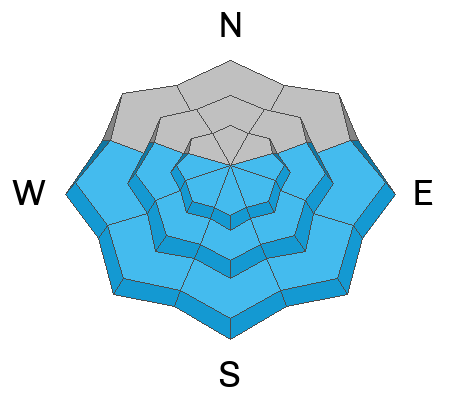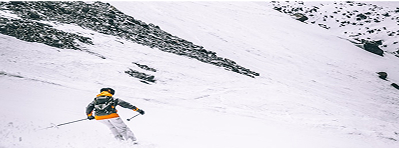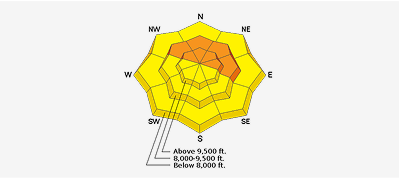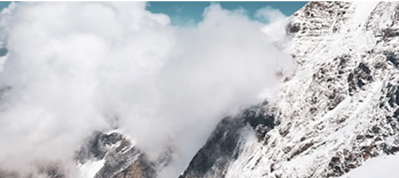Forecast for the Salt Lake Area Mountains

Issued by Trent Meisenheimer on
Sunday morning, April 6, 2025
Sunday morning, April 6, 2025
This morning, the overall avalanche danger is LOW and Normal Caution is advised. On slopes facing east, southeast, south, southwest, and west, the avalanche danger for wet snow will quickly rise to MODERATE and could rise to CONSIDERABLE as strong sunshine and warming temperatures heat the snow, making it unstable.
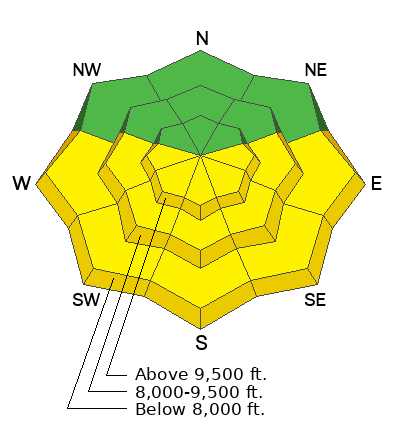
Low
Moderate
Considerable
High
Extreme
Learn how to read the forecast here



